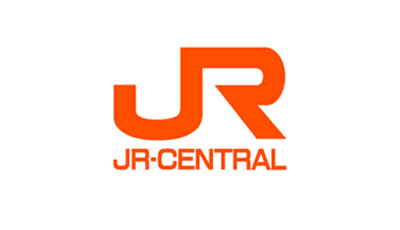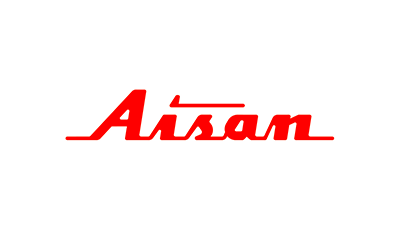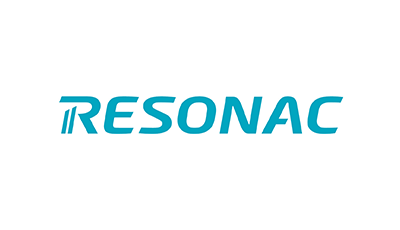As the business environment has undergone rapid change in recent times, many companies have embarked upon a variety of transformations in an effort to adapt to and survive change. Driving these transformations are “human resources.” This has seen “engagement” increase in importance as a management indicator among Japanese companies. Engagement refers to the desire to contribute to the company among employees. It is an indicator that also has a positive impact on things like corporate productivity and customer satisfaction.
In Japan, the Cabinet Secretariat offered engagement as one of the items for which disclosure was desirable in relation to human capital in August 2022. Disclosure of human capital information was then made mandatory for some 4,000 major companies issuing securities reports from the March 2023 quarter in the following year. All of these companies have been called on to take measures to improve employee engagement in an effort to realize human capital management.
Related Insights: What Is Human Capital Management? An easy-to-understand explanation of the background to and advantages of an approach that is in the spotlight, and how to put it into practice and make relevant disclosures
This Insight presents the benefits of improving employee engagement and our approach to achieving this through a series of specific case studies, based on the changes underway in the Japanese labor market.



















